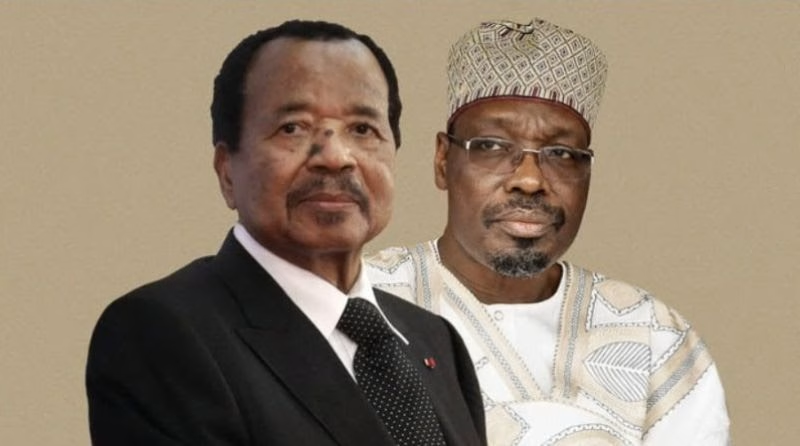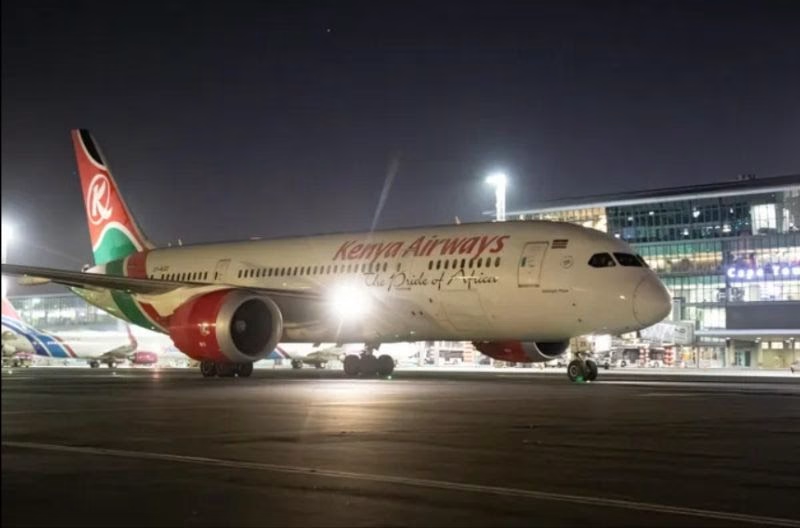This week, 16 media houses converged at the Great Zimbabwe World Heritage Site in Masvingo, Zimbabwe, hosted by the French public development institution, Agence Française de Développement (AFD), and the United Nations Office for Project Services (UNOPS) to share stories of the ancient city and open a new chapter in the development of the site.
The Great Zimbabwe Development Project (GZDP) was launched earlier this year by His Excellency the President of the Republic of Zimbabwe, Dr E.D. Mnangagwa, together with AFD. The project, which is funded by AFD, aims to develop the Great Zimbabwe Heritage Site and promote sustainable and inclusive tourism.
Thibaud Delplancke, Investment Officer for Zimbabwe and Malawi, explained how cultural heritage could be impactful for socio-economic development. AFD’s portfolio for cultural heritage has a regional dimension and tries to develop a comprehensive approach to foster conservation development and sustainability. “The approach that AFD will take for the project enables amplification of a wide range of impacts including community development, empowerment of women, strengthening of art and crafts as well as sustainable enhancement of the site and its natural environment,” says Delplancke.
To this end, AFD’s portfolio tries to have a comprehensive approach on critical sectors in the Masvingo province where the Great Zimbabwe site lies. This diversified portfolio aims at developing education tools for youth on Climate Smart Agriculture to achieve food security (with the Ministry of Agriculture), diversifying tourism to increase revenues for local population (with the Zimbabwe Tourism Authority), to achieve better biodiversity management to protect natural resources on Lake Mutirikwi national park (with ZimParks), and to develop renewable energies through solar energy (with the Infrastructure Development Bank of Zimbabwe).
The Great Zimbabwe World Heritage Site is the only heritage site after which a country has derived its name. It was declared a United Nations Educational, Scientific and Cultural Organization (UNESCO) World Heritage Site in 1986. Although it is recognised as one of the most spectacular architectural and cultural landscapes in Africa, it has not yet been developed to its full potential as a tourist attraction. Working with the National Museums and Monuments of Zimbabwe (NMMZ), the project will strengthen Zimbabwean capacity for heritage preservation and enhancement and develop revenues to make the site economically viable in the long term. “The Great Zimbabwe Heritage Site has strong tourism potential due to its uniqueness and its powerful symbolism of African cultural and political identity. This project aims to enhance how the site tells the story of Great Zimbabwe, the Shona people who created it, and its place in the history of Africa,” explained the Executive Director, Dr Mahachi.
On the infrastructure side, the EUR 3-million project will upgrade facilities at the World Heritage Site to meet international standards and enhance the visitor experience. It will be managed by UNOPS in collaboration with the National Museums and Monuments of Zimbabwe (NMMZ) under the Ministry of Home Affairs and Cultural Heritage (MOHACH) and in partnership with UNESCO. UNOPS, whose expertise lies in infrastructure development and project management, implement such projects with a focus on national capacity building and sustainability. The project will not only seek to enhance the cultural heritage of Zimbabwe by improving the conservation and preservation of this iconic site, but also improve its attractiveness as a local, regional and international tourist destination.
Zimbabwean and foreign media were given detail about the project and its potential impact on nearby communities during a media tour of the site this week. In addition to the renovation and upgrading of facilities on the 800-ha property, the project will also include the provision of capacity-building workshops, training, and equipment to assist NMMZ in the conservation and documentation of the heritage site, which is one of the largest dry-stone structures in sub-Saharan Africa.











